Notes
After Brooklyn Execution, Has Media Sympathy Shifted Pro-Police?
With all the controversy over police violence, many have looked toward the videotaping of police activity as a practical deterrent, or at least, an important tool for accountability. A police shooting in Montana and the subsequent use of that video, however, not only raises disturbing questions but opens a Pandora’s Box of new concerns over how and how much these videos can be selectively edited and distributed as propaganda … and how much the media can collude with the state to distribute these versions. It also raise the question whether the recent execution of two officers in Brooklyn by a disturbed African-American man with a long criminal record, intent on avenging the deaths of Eric Garner and Michael Brown, among others, has shifted media coverage more empathetically toward the police.
The gist of the story has to do with a police shooting in Billings in April 2014. That night, a camera mounted on the police dashboard captured officer Grant Morrison killing an unarmed Richard Ramirez in the back of a car when Ramirez failed to raise his arms to Morrison’s satisfaction. After the shooting and shortly after his partner took over and other officers arrived, Morrison broke down crying, also captured on the video.
Because Montana requires an inquest in the case of a police shooting, Morrison had to appear to defend his actions. As you might expect, the video was also introduced.
If you thought that the inquest jury would have simply seen this 4:26 minute version that LiveLeak posted of the shooting only, however, you’d be 100% wrong. Instead, what they saw was a version that showed the shooting and then segued to Morrison sobbing, declaring how he thought the suspect was going to pull a gun on him, followed by a period of agonizing and regretfully holding his head in his hands. (The year before, Morrison shot and killed another unarmed civilian following a routine traffic stop. Though it occurred off camera, it was videoed too and sounds eerily similar.)
By virtue of the edits they chose to release to the media, the police turned the playback into grief and remorse propaganda. One version I saw at NBC, is 3:36 long. Of that 3:36, the engagement with the suspects and the shooting lasts a minute-and-a-half as compared to the “officer remorse and crying” portion appended onto it that runs two minutes long. There are various clips on YouTube. Most prevalent is this one published by the Billings Gazette, of video from a squad car that responded to the scene. It’s 6:52 long and none of it shows the shooting, just Morrison’s reaction, including a long stretch of hyperventilating on the ground before the sobbing and soul-searching begins. The following clip from Mashable is 2:41 long and just shows the crying segment.
You’ll notice that two of the five photos from the AP article show the hearing room watching the segment of the video in which Officer Grant Morrison is crying by the train tracks.
Not only does the “crying” version of the video prejudice the events and the perception of the jury which, yes, ended up acquitting the officer in less than an hour, I should mention another curious amendment of the video. In many of the media versions, including NBC linked above, or the local KTVQ station in Billings, for example, they censors Morrison swearing. Every time the screaming and gun-brandishing Morrison swears (and and he doesn’t hold back as he’s yelling at Ramirez and the other occupants of the car), the edit bleeps the words out. Now think about that for a moment. How odd is it that, in releasing this video of an unaggravated killing, that editors would take the liberty to censor the indelicacy of the policeman’s obscenity-laced language? Is there no greater blasphemy — with some kind of indelicacy in mind — by deleting him shouting fucking-this or fucking-that eight or nine times?
Audio aside, the story is just as disturbing for the way the media ate up the propaganda. The degree of reception by news outlets, and their effective collusion with the state, is what maximizes and reinforces the conditions for playing with reality. Tragically but not surprisingly at all, the crying clip not only made the rounds nationally in traditional media and political sites, it did so because the buzz and click-bait happy news sites took the bait completely, enamoring themselves and their audience with the story and live scene of a cop who emotionally went to pieces after this “terribly unfortunate” thing he’d just done.
Even more troubling were those sites and programs — not just this CBS “Crimesider” post that, like those MSNBC shows scoring rating off the dramatization and fetishization of crime — that showed absolutely nothing of the shooting except for video of the policeman crying.
With the exoneration of Officer Morrison overlapping the backlash by the NYPD directed toward Mayor de Blasio over allegedly over-sympathizing with anti-police protesters, we have a poster example here of a serious problem with video and police accountability. It’s called over-sharing.
By the way, happy Martin Luther King day.
(photo 1: AP. photos 2 & 3: Matthew Brown/AP. caption: Police video footage of the April 2014 shooting of Richard Ramirez by Billings Police Officer Grant Morrison is shown to a seven-person jury, not pictured, in Billings, Mont. on Tuesday, Jan. 6, 2015. The unarmed man killed by the police officer during a traffic stop was told repeatedly to raise his hands before the officer shot him three times, according to video footage. The jury will decide if the shooting was justified as part of a mandatory inquest into the shooting.)
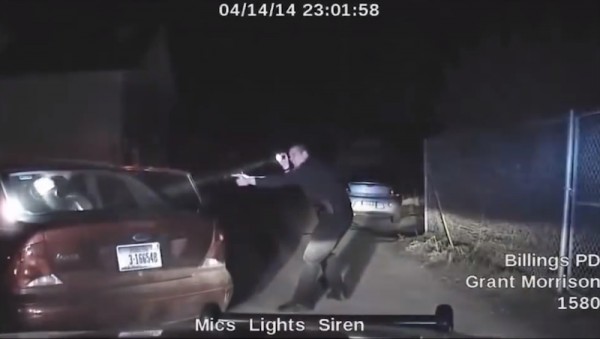
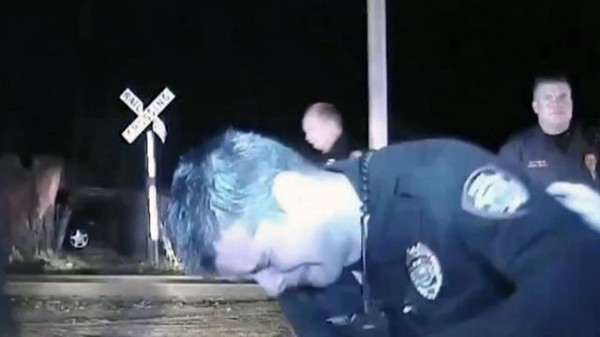
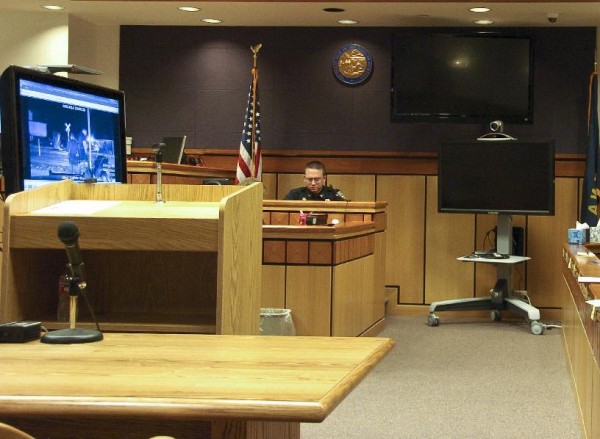
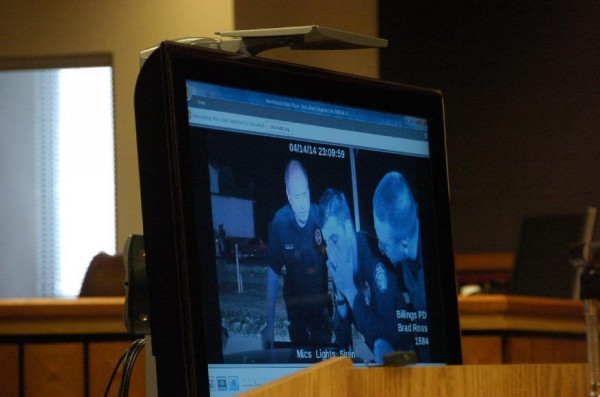
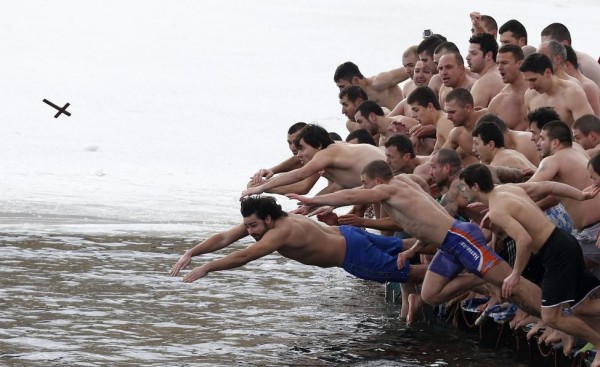
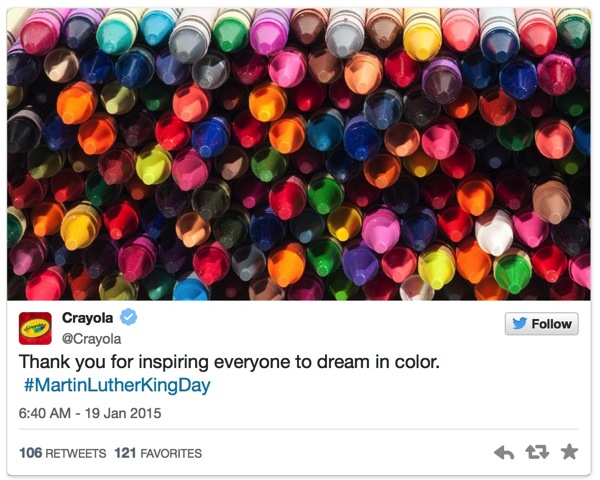
Reactions
Comments Powered by Disqus